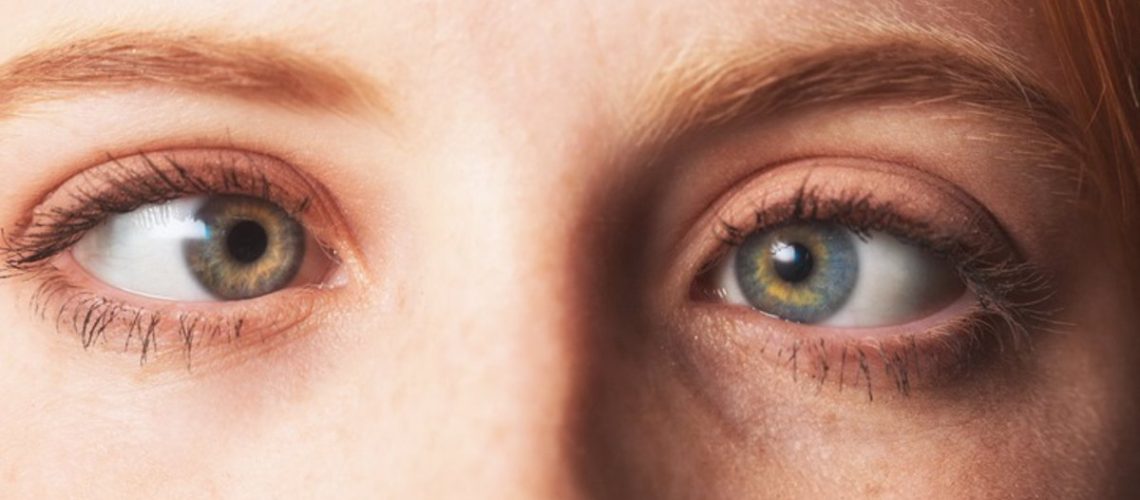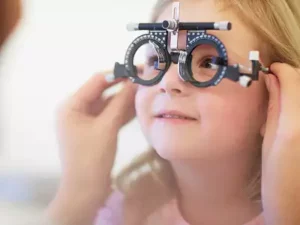The movement of our eyes is controlled by six extraocular muscles that work as a team. Four straight muscles and two oblique. Their origin is in the walls of the orbit and they are inserted in the sclera. Innervated by the third, fourth, and sixth cranial nerves. The muscles are controlled by the brain.
The six extrinsic muscles serve to rotate the eye around the vertical (adduction and abduction), transverse (elevation and descent), and anteroposterior (rotation and torsion) axes.
In each movement of the eyes, several muscles of each eye act at the same time; but when moving them in any of the six directions, there is always one muscle of each eye that acts in a predominant way. Both eyes always move simultaneously regulated by association centers that innervate certain muscles.
Strabismus is a disorder in which the eyes are not aligned correctly and point in different directions. In most children with strabismus, the cause is unknown. In more than half of cases, the problem is usually present at or shortly after birth. Most of the time, the problem has to do with muscle control and not muscle strength. If the strabismus is not treated in time, the brain will ignore the deviated eye and it will never develop good vision, this is known as amblyopia. Strabismus also affects children and parents psychologically because in some cases they can be mocked by other peers.
Strabismus in adults can be caused by health problems such as diabetes, thyroid, myasthenia gravis, brain tumors, strokes, accidents or head trauma, damage to the eye muscles after surgery.
III cranial nerve palsy – this disorder affects eye movements and proper pupil function and may include diplopia (double vision), and ptosis (drooping eyelid). Third nerve palsy is commonly the result of a brain aneurysm, hernia, or tumor, trauma, meningitis, diabetes, or hypertension. The affected eye may deviate slightly out and down in a straight forward gaze, and upward gaze is affected. The pupil may be normal or dilated; their response to the direct and consensual light reflex may be slow or absent.
IV cranial nerve palsy – affects the superior oblique muscle and this makes it difficult for you to look down and in. It can affect one or both eyes and can cause double vision (diplopia). However, tilting the head away from the paralyzed muscle can compensate and eliminate double images. Treatment involves oculomotor exercises, prismatic lenses, and if the paralysis does not resolve, surgery may ultimately be necessary in cases of congenital strabismus.
VI cranial nerve palsy – affects the lateral rectus muscle and impairs outward movement (ocular abduction). The palsy may be secondary to nerve infarction, Wernicke’s encephalopathy, trauma, infection, or intracranial hypertension, or it may be idiopathic. It can occur in diabetic patients, hypertensive, trauma, meningitis, multiple sclerosis, aneurysm, vasculitis, tumors, infection. In many patients, sixth cranial nerve palsies resolve once the underlying disorder is treated. If there is an infection, inflammation or tumor, its treatment can improve the picture.





